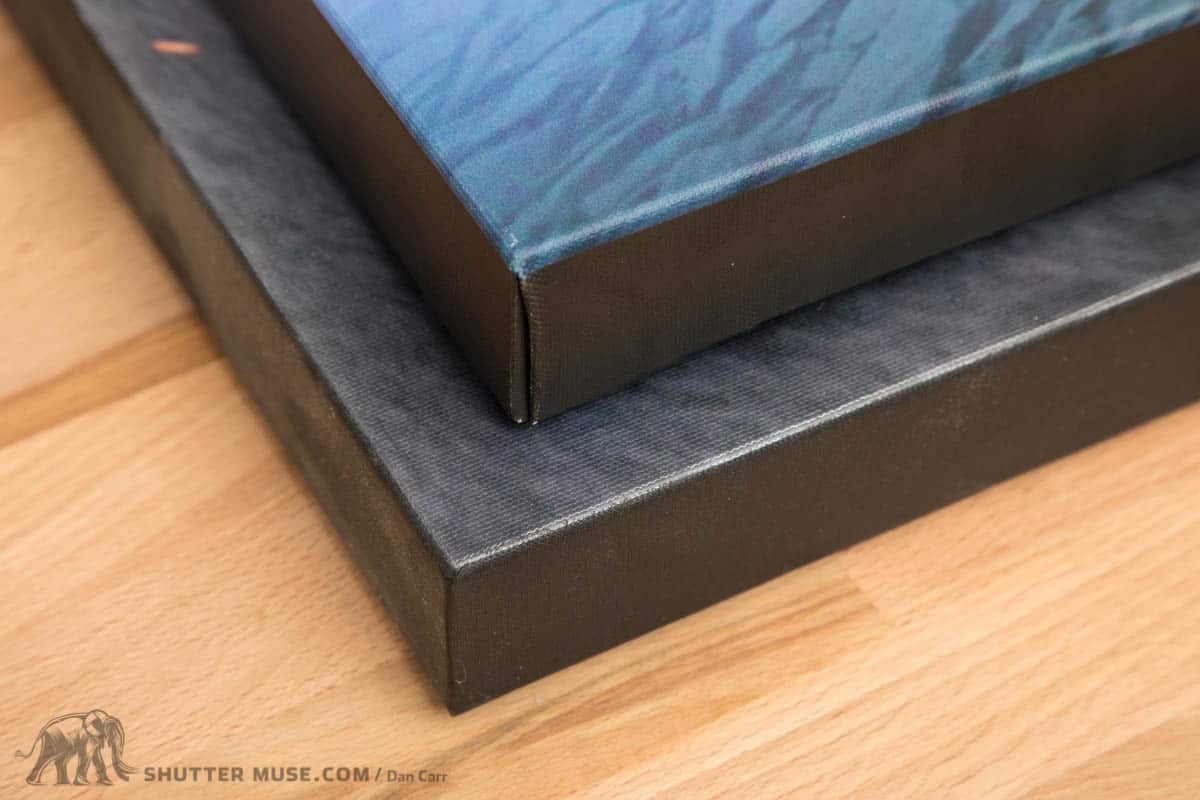
While Vistaprint is mainly known as a place to get business cards, the company has branched into just about every type of product imaginable, including brochures, postcards, flyers, mugs, coasters, magnets, posters, signs, banners, clothing, and even websites. It’s able to offer low prices and fast turnaround due to an efficient and largely automated bulk printing process. It is probably the most famous company in the space as well.

Vistaprint was the first business, having opened in 1995, to widely offer customers desktop publishing online. This post contains definitions of the Japanese words used in my Samurai Champloo fanfiction, No Roads Where We’re Going.Orders take at least three days to arrive with the fastest shipping option I’ve also included a bit of info about how these words relate to Samurai Champloo, where applicable.ĭefinitions of the main characters’ names, and not the many misconceptions perpetuated by fans who didn’t do their homework, then go read my other post dedicated specifically to that topic. Trust me, you’ll be glad you did.įor the purposes of this glossary, I’ll only give a high level overview.īenevolence, compassion, humanity, charity.īenevolence is one of the virtues of Confucianism, as well as a virtue of Bushido. No illusions, or not an illusion (e.g., the real thing). (Infinite and infinity are not the same word - infinity is 無限大.) For more information, go here.Ī person’s approach or way of doing things modus operandi) Style or tendency (i.e., a person’s outward bearing or way of behaving toward others demeanor air) 無幻 does not mean infinite, however it is a homophone for a different word spelled 無限, meaning limitless, boundless, or infinite. Japanese Terms (in alphabetical order) Chūgoku (中国) Yeah, that’s right… Fuu does not directly translate to wind, as many fans believe. It’s not short for Fuukinchou either. Literally, “middle country.” The modern Japanese name for China. It may also refer to a region in Japan on the westernmost end of Honshu, Japan’s largest island. This word has a wide variety of uses, in a broad range of circumstances. As a question to someone who is sad, upset, hurt, sick:ĭaijoubu? / What’s wrong? / Are you okay?ĭaijoubu.

Nothing’s wrong.ĭaijoubu. / Everything will be okay.

They would typically spend one year in Edo, and one year at home, although there were exceptions.

#CANVASPOP VS EASYCANVAS PRINTS FULL#
Their wives and daughters were required to remain in Edo full time. This was a way of centralizing control over the daimyo and ensuring their loyalty to the shogun, as well as providing military support to the capitol. The daimyo were required to maintain a certain number of soldiers, and these soldiers would travel with the daimyo to Edo. If you remember in Samurai Champloo, when Mugen, Jin, and Fuu are trying to pass through the Hakone Checkpoint (this is the episode when the “grass” field burns and everybody gets high on the purple haze) - Jin mentions that Hakone is a particularly difficult crossing, especially for women leaving Edo. One of them was that the wives and daughters of daimyo might try to flee Edo and return home.


 0 kommentar(er)
0 kommentar(er)
